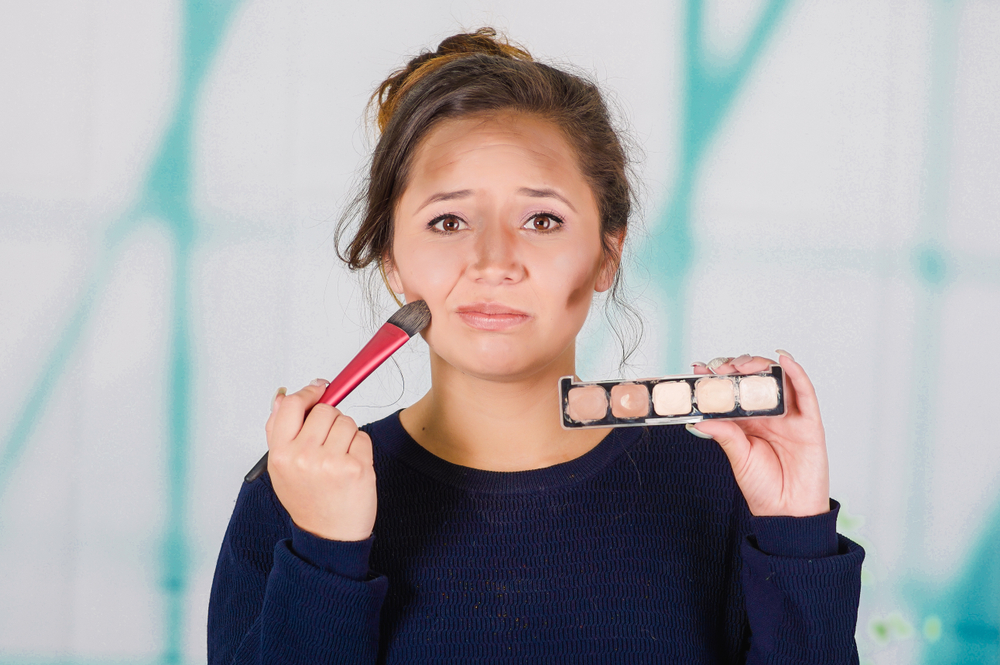The skin might seem like a simple, quiet barrier between your body and the rest of the world, but it’s actually teeming with life. A microscopic zoo of bacteria, fungi, and mites calls your skin home, contributing to your health in ways you might not expect. While that might sound a bit “ew,” the truth is that these organisms play crucial roles in maintaining a balanced ecosystem on your skin. Here are 13 gross yet fascinating facts about what’s living on your skin right now.
1. A Trillion Types of Bacteria

Your skin is home to an estimated one trillion bacteria — that’s more than the number of people on Earth! These bacteria thrive in different environments on your skin, from the dry plains of your forearm to the moist jungles of your armpits. Each of these micro-environments hosts its own unique bacterial population, creating a diverse ecosystem that works to protect your skin from harmful pathogens. This intricate dance of bacteria acts like a natural defense mechanism, keeping your skin healthy and resilient.
According to a study published in Nature, the skin microbiome is an essential part of your immune system. Researchers found that disrupting these bacterial communities can lead to skin disorders, such as eczema and acne. So, while you might cringe at the idea of bacteria covering your skin, remember that they’re your microscopic bodyguards. Keeping them happy means keeping your skin happy.
2. Fungi That Call Your Body Home

Fungi aren’t just lurking around in forgotten leftovers; they’re also part of your skin’s ecosystem. These microscopic fungi include various species, like Malassezia, which are as common on your skin as the air you breathe. They thrive on the oils produced by your skin and play a role in breaking down these oils into fatty acids. This process might sound a bit too science-heavy, but it’s an essential part of keeping your skin’s oil production in check.
However, an overgrowth of these fungi can occasionally lead to skin conditions like dandruff or seborrheic dermatitis. This delicate balance is why some dandruff shampoos contain antifungal ingredients. So next time you reach for your dandruff shampoo, remember that you’re not just washing your hair — you’re participating in a careful balancing act of nature. It’s a reminder that your skin is as much a living garden as it is a protective barrier.
3. Face Mites You Can’t See
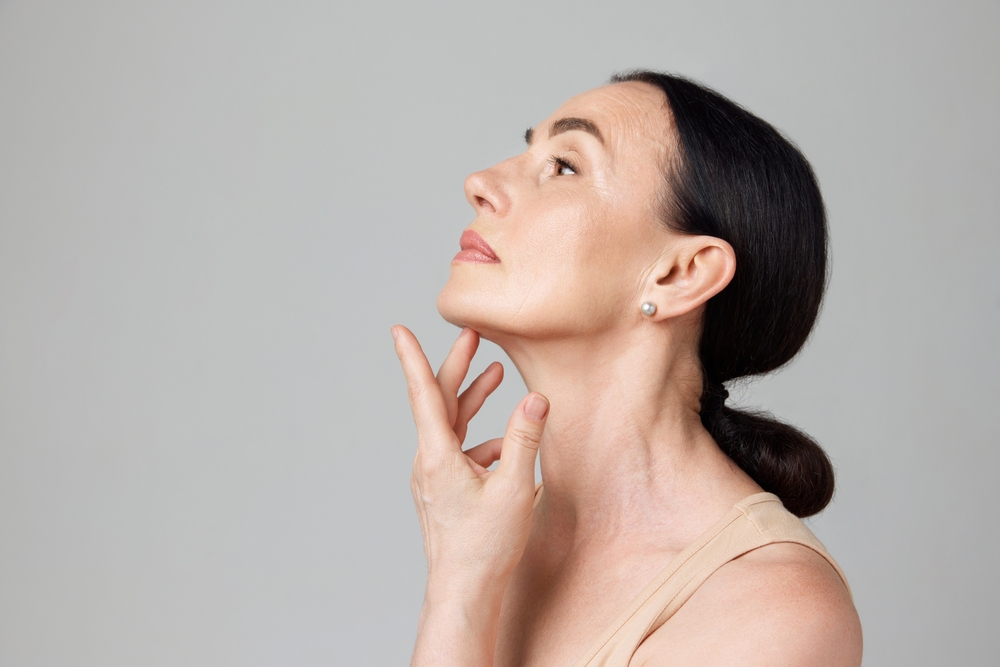
Dwelling deep within the pores of your face are tiny creatures called Demodex mites. These eight-legged critters are microscopic relatives of spiders and are invisible to the naked eye. They spend most of their lives deep in your hair follicles or oil glands, feeding on the natural oils and dead skin cells your face produces. It sounds like a horror movie plot, but these mites are largely harmless and present in almost everyone as they age.
A study in the Journal of Medical Entomology reveals that nearly 100% of adults have these mites living on their faces. While their presence might make your skin crawl, they rarely cause any issues unless they multiply excessively. In such cases, they might contribute to skin conditions like rosacea. So, while they might sound like unwanted guests, they’re generally harmless roommates that you’ll never even notice.
4. Defensive Antimicrobial Peptides

Your body doesn’t leave your skin defenseless against all these microbes. Enter antimicrobial peptides: tiny proteins that act like a built-in security team, protecting your skin from harmful invaders. These peptides can destroy bacteria, fungi, and viruses by disrupting their cell membranes. Think of them as the microscopic soldiers tirelessly working to defend the skin’s surface.
These peptides are part of your innate immune system and are produced by skin cells in response to potential threats. They help regulate the balance of your skin’s microbiome, ensuring that beneficial bacteria thrive while harmful ones are kept at bay. Scientists are even looking into how these peptides could be used in new treatments for skin infections and diseases. It’s a testament to how your skin is well-equipped for its role as the body’s first line of defense.
5. Bacteria-Induced Body Odor

Ever wondered why your sweat doesn’t smell until it interacts with your skin? That’s because sweat itself is odorless; it’s the bacteria on your skin breaking it down that produces body odor. Sweat glands produce different types of sweat, and the one responsible for body odor is called apocrine sweat. This type of sweat is rich in proteins and lipids, making it a feast for bacteria.
A study published in Science Advances found that specific bacteria, such as Staphylococcus hominis, are primarily responsible for breaking down sweat into that characteristic smell. These bacteria transform the compounds in sweat into thioalcohols, which are potent in scent. So while body odor might feel like a social nuisance, it’s simply nature’s chemistry at work. Understanding this can lead to better deodorant formulations that target the odor-causing bacteria without disrupting your skin’s natural ecosystem.
6. Belly Button Inhabitants

Your belly button is a mysterious ecosystem all its own. This often-overlooked body part harbors a unique collection of bacteria, with each person hosting different species. Scientists have found that belly buttons can contain hundreds of different bacterial types in each person. It’s like a hidden jungle, tiny and usually ignored, but teeming with life.
The belly button may not be a major player in your skin’s overall ecosystem, but it highlights how diverse the microbial world of your body can be. Researchers studying these creatures hope to unlock new insights into health and disease through their microscopic explorations. While belly button lint might be a more familiar concern, the bacteria residing there could be the key to understanding other microbial interactions on your skin. It’s a reminder that every nook and cranny of your skin is alive with activity.
7. ‘Candida’ Skin Yeast
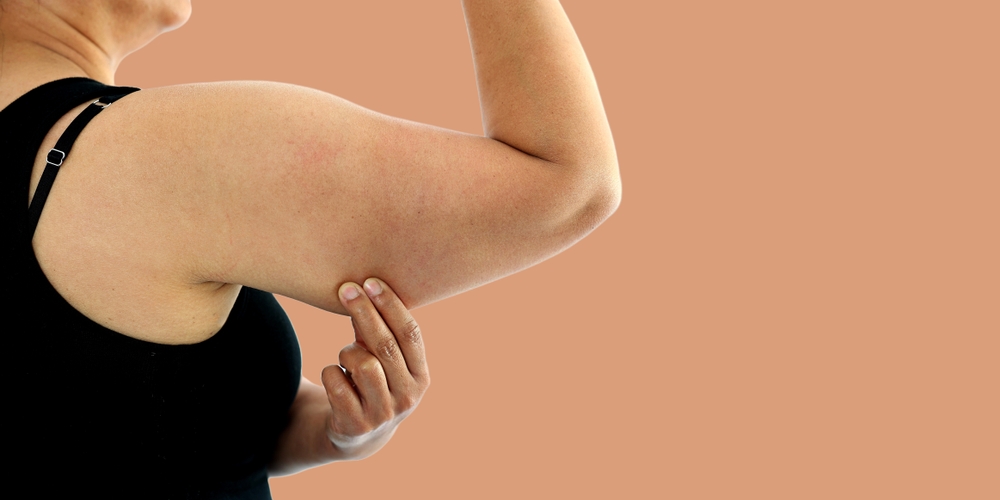
Yeast isn’t just for baking bread or brewing beer; it also resides on your skin. The most common type of yeast on human skin is from the Candida species, which is typically kept in check by your immune system and other microorganisms. This yeast enjoys living in the warm, moist areas of your body, like your armpits and groin. When everything is balanced, yeast is just another part of your skin’s ecosystem.
Research published in Clinical Microbiology Reviews shows that an imbalance or overgrowth of this yeast can lead to infections, such as yeast infections or thrush. This illustrates the intricate balancing act your skin performs daily, managing various microbial populations. When balance is disrupted, it can lead to a range of skin issues. This knowledge encourages a more nuanced approach to skincare, suggesting that sometimes less is more when it comes to maintaining healthy skin.
8. ‘Sebum’ Oil And Fatty Acids
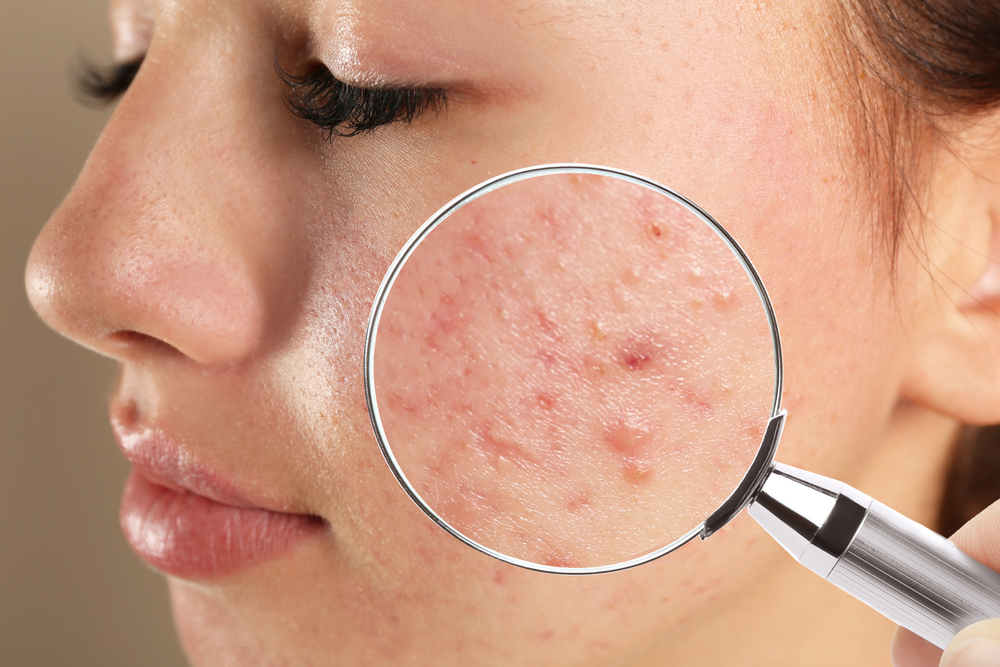
Sebum, the oily substance produced by your sebaceous glands, is often vilified for its association with acne and greasy skin. However, it plays a crucial role in maintaining your skin’s health and integrity. Sebum acts as a natural moisturizer, preventing the skin from drying out and keeping it supple. It also forms a barrier that protects your skin from external irritants and pathogens.
This oily layer on your skin is a feast for many of the bacteria and fungi that live there. They metabolize the sebum into fatty acids, which can help maintain the acidic pH of your skin. This acidity is critical for deterring harmful bacteria and supporting beneficial ones. So, while sebum can be a bother when it causes shine, it’s also an unsung hero in the story of your skin’s health.
9. Skin’s Acid Mantle

Speaking of acidity, your skin has a fine-tuned protective layer known as the acid mantle. With a pH ranging from 4.5 to 5.5, this slightly acidic environment is perfect for the beneficial bacteria on your skin while being inhospitable to many harmful microorganisms. It’s another line of defense that your body uses to maintain a balanced skin ecosystem. This acid mantle is affected by many factors, including age, diet, and the products you use on your skin.
Maintaining the integrity of this acid mantle means choosing skincare products that respect your skin’s natural pH. Many cleansers, for example, can be too alkaline, stripping away the acids and disrupting this crucial barrier. Dermatologists often recommend pH-balanced products to help maintain this essential aspect of skin health. Remember, healthy skin isn’t just about what you apply to the surface but how you maintain its natural defenses.
10. Dead Skin Cells

Your skin is constantly renewing itself, shedding tens of thousands of dead skin cells every minute. This might sound like a lot, but it’s all part of a healthy cycle of skin regeneration. These dead cells don’t just disappear; they become a food source for some of the microorganisms living on your skin. This recycling process is a key part of the balance that keeps your skin healthy.
While it’s gross to think of your skin as a buffet for bacteria and fungi, it’s this very process that helps maintain the ecosystem on your skin. You might use exfoliants or scrubs to remove these cells, but a natural turnover process is constantly at work. Proper exfoliation can help this process along, ensuring that dead cells don’t accumulate excessively. But remember, over-exfoliating can actually disrupt your skin’s natural balance.
11. Protective Keratin Protein

Keratin, a protein produced by your skin cells, forms a protective layer on the skin’s surface. It acts as a barrier against environmental damage, pathogens, and water loss. This protein is also what makes up your hair and nails, highlighting its importance in your body’s protective systems. While keratin doesn’t directly interact with the microorganisms on your skin, it provides the structure they inhabit.
The condition of your skin’s keratin layer can significantly affect its overall health and appearance. Damage to this layer from harsh chemicals or environmental stress can lead to dryness and increased vulnerability to infections. That’s why many skincare products aim to strengthen or mimic keratin’s protective qualities. Maintaining a healthy keratin layer is a cornerstone of effective skin care.
12. Two Types of Sweat Glands

Your skin contains two main types of sweat glands: eccrine and apocrine. While eccrine glands are responsible for regulating body temperature, apocrine glands play a more complex role. Located primarily in areas like your underarms and groin, apocrine glands release a thicker, milky sweat full of proteins and lipids. This sweat becomes particularly aromatic when broken down by skin bacteria, contributing to your unique body odor.
Research has shown that the composition of sweat can vary based on diet, genetics, and even stress levels. This variation contributes to the distinct scent each person has, which is why body odor can sometimes seem to change with different lifestyle factors. Despite its sometimes embarrassing nature, sweating is a vital bodily function that aids in detoxification and cooling. It’s another layer of complexity in your skin’s ecosystem, showing how interconnected your body’s systems truly are.
13. Ever-Changing Skin Microbiomes
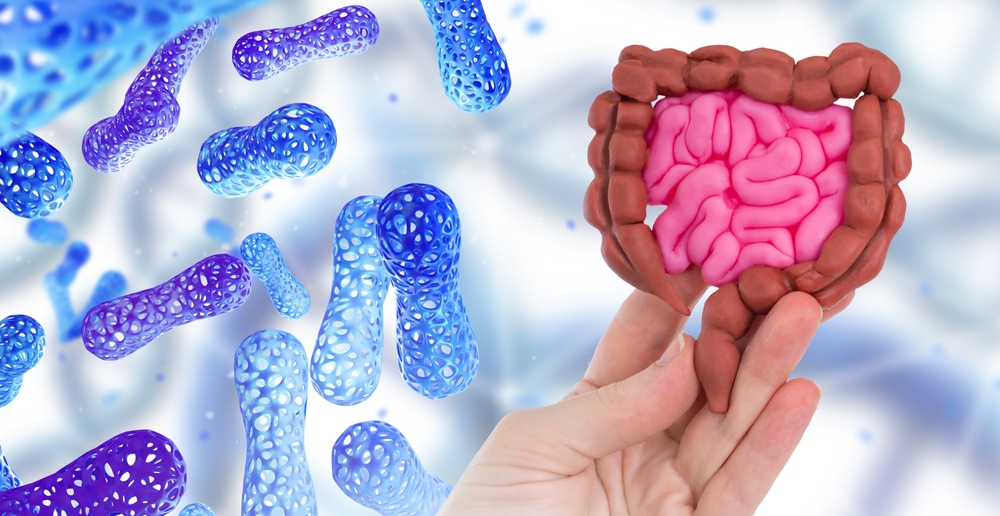
Your skin’s microbiome is not a static community; it’s in constant flux. Different factors such as environment, diet, hygiene habits, and even the time of year can alter the composition of microorganisms living on your skin. This dynamic nature means that your skin can adapt to new challenges, such as changes in climate or exposure to new pathogens. It’s a testament to the resilience and flexibility of your body’s largest organ.
Understanding the factors that influence your skin’s microbiome can help in developing personalized skincare routines. Products that support a healthy microbiome are becoming more popular, emphasizing the importance of maintaining this delicate balance. As science continues to uncover the complexities of the skin microbiome, new treatments and products will likely emerge to support its health. This ever-changing ecosystem is a reminder of the intricate balance that characterizes your skin’s relationship with the world around it.

